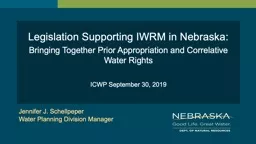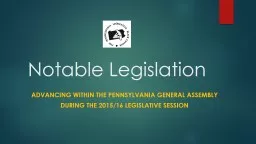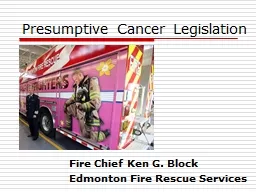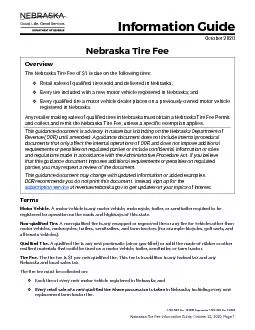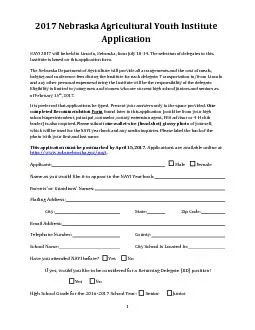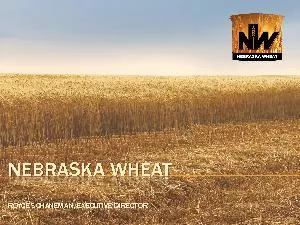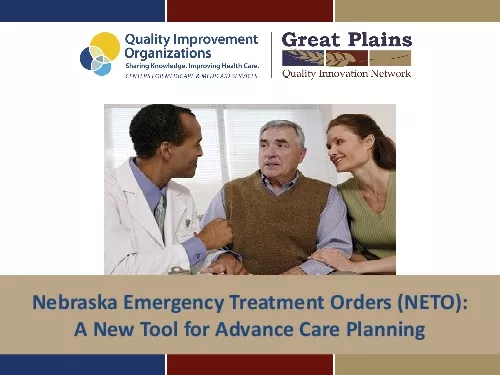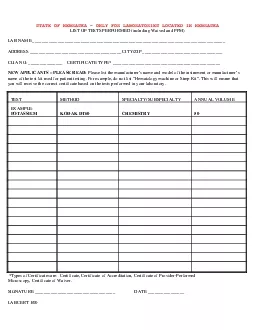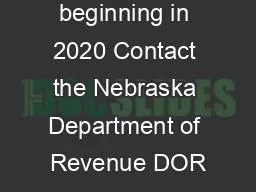PPT-Legislation Supporting IWRM in Nebraska:
Author : dunchpoi | Published Date : 2020-06-16
Bringing Together Prior Appropriation and Correlative Water Rights ICWP September 30 2019 Jennifer J Schellpeper Water Planning Division Manager Providing the sound
Presentation Embed Code
Download Presentation
Download Presentation The PPT/PDF document "Legislation Supporting IWRM in Nebraska:" is the property of its rightful owner. Permission is granted to download and print the materials on this website for personal, non-commercial use only, and to display it on your personal computer provided you do not modify the materials and that you retain all copyright notices contained in the materials. By downloading content from our website, you accept the terms of this agreement.
Legislation Supporting IWRM in Nebraska:: Transcript
Download Rules Of Document
"Legislation Supporting IWRM in Nebraska:"The content belongs to its owner. You may download and print it for personal use, without modification, and keep all copyright notices. By downloading, you agree to these terms.
Related Documents

